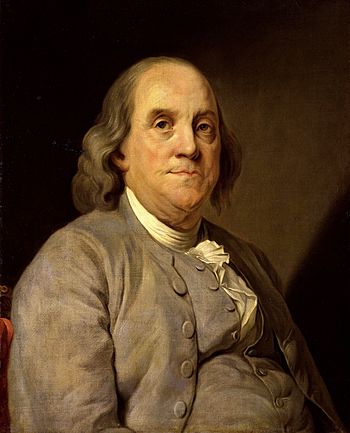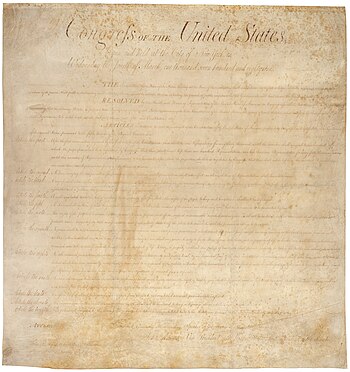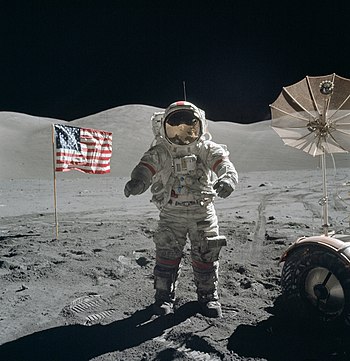 |
| Native American chiefs in 1865 - Photo: Wikimedia |
Native Americans are often cast in the role of victims of White aggression and unbridled avarice-driven or gratuitous violence, especially in the territories known collectively today as the United States. But the first massacre was perpetrated by Indians in the British colony Jamestown, in Virginia in 1622. They slaughtered 347 white men, women and children on that occasion.
Europeans are also accused of importing pathogens, disease-causing agents, such as smallpox and measles, malaria and yellow fever. Indigenous people had no immunological resistance to these illnesses as they were never exposed to them.
But recent findings by a team of anthropologists, economists, and paleopathologists who have completed a massive study of the health of people living in the Western Hemisphere in the last 7,000 years - suggest that Native American's health was severely run down long before the Europeans delivered the coup de grace.
The researchers analyzed more than 12,500 skeletons - half of them pre-Columbian - from 65 sites in North and South America for evidence of infections, malnutrition, and other health problems.
The study - "The Backbone of History: Health and Nutrition in the Western Hemisphere", edited by Dr. Richard H. Steckel and Dr. Jerome C. Rose - discovered that the haleness of Native-Americans declined markedly in the 1000 years before Columbus "discovered" them.
The vast majority of the skeletons showed telltale signs of advanced degenerative joint disease, deteriorating dental health, stature, anemia, arrested tissue development, infections and trauma from injuries. These were attributed by the participants to limited diets and urban congestion. People became shorter and died earlier - on average at age 35 - as the centuries passed.
"Pre-Columbian populations were among the healthiest and the least healthy in our sample," Dr. Steckel and Dr. Rose said. "While pre-Columbian natives may have lived in a disease environment substantially different from that in other parts of the globe, the original inhabitants also brought with them, or evolved with, enough pathogens to create chronic conditions of ill health under conditions of systematic agriculture and urban living."
Moreover, there are signs that diseases hitherto thought to have been introduced by the white explorers were actually indigenous.1,000-year-old Peruvian mummies, for instance, were found to have been infected with tuberculosis in their lungs.
















